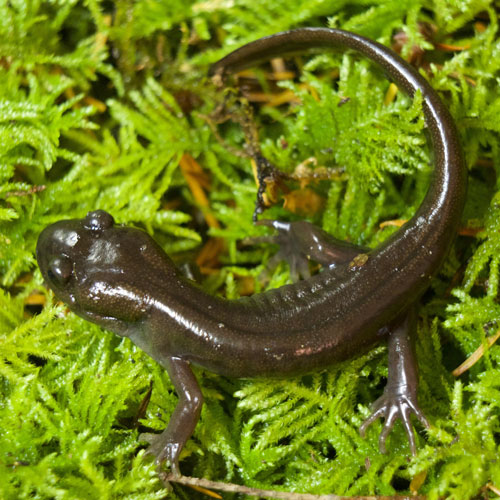Fast Facts
Where they live
- View a map of where they live
- Found throughout Washington
- Can be found far from water in woodlands, forests and meadows
- Usually lives on the ground (despite name) and hides in underground burrows
- In breeding season, will converge in water habitats
Breeding
- Breeding season is November to July in permanent or non-permanent water sources.
- Males become territorial when breeding and will fight over prime spots in breeding waters.
- Eggs are attached to sticks or other underwater debris in the shallow low flow areas of ponds or lakes.
- Tadpoles stay in groups, possibly as a means to avoid predators and take up to 3 months to complete metamorphosis.
Did you know?
- Can change skin color quickly from light to dark or vice versa to blend with environment.
- Have glands in skin that secrete a waxy substance that protects their skin from drying out.
- They are diurnal, being active day and night.
Threats
- Main threat is introduced fish in breeding ponds that eat eggs and tadpoles. View their status on the IUCN Red List of Threatened Species.

Amphibians & Reptiles of Washington
Do you know where rattlesnakes live in our state? Or which salamander breathes through its skin? Explore the fascinating diversity of the 26 species of amphibians and 28 reptiles found in Washington state.

